What is NDT?
Non-Destructive testing is the branch of engineering concerned with all methods of detecting and evaluating flaws in materials. Flaws can affect the serviceability of the material or structure, so NDT is important in
guaranteeing safe operation as well as in quality control and assessing plant life. The flaws may be cracks or inclusions in welds and castings, or variations in structural properties which can lead to loss of strength or failure in
service.
Non-Destructive testing is used for in-service inspection and for condition monitoring of operating plants. It is also used for measurement of components and spacings and for the measurement of physical properties such as hardness and
internal stress.
The essential feature of NDT is that the test process itself produces no deleterious effects on the material or structure under testing conditions.
The subject of NDT has no clearly defined boundaries; it ranges from simple techniques such as visual examination of surfaces, through the well-established methods of radiography, ultrasonic testing, magnetic particle crack detection,
to new and very specialised techniques such as the measurement of Barkhausen noise and positron annihilation.
NDT methods can be adapted to automated production processes as well as to the inspection of localised problem areas.
Here are some of the most widely used NDT applications:
-
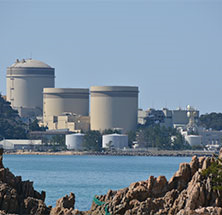
Nuclear Power Plants
-
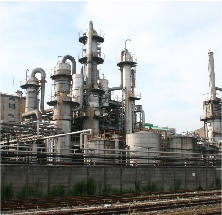
Plants
-

Railways
-

Aircrafts
-

Bridges
-

Buildings
-

Underground Objects
-

Ships
-

Concrete Structures
-
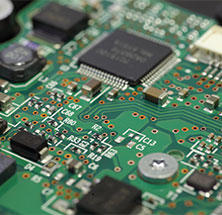
Electronic Components
-
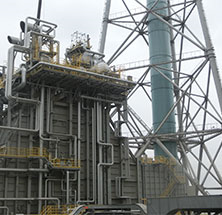
Boilers
-
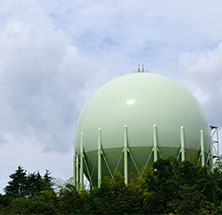
Gas Tanks
-
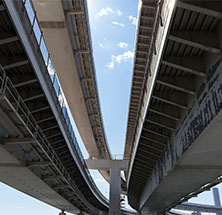
Infrastructures
-

Vehicles
-

Heavy Machinery
-

Robotics





